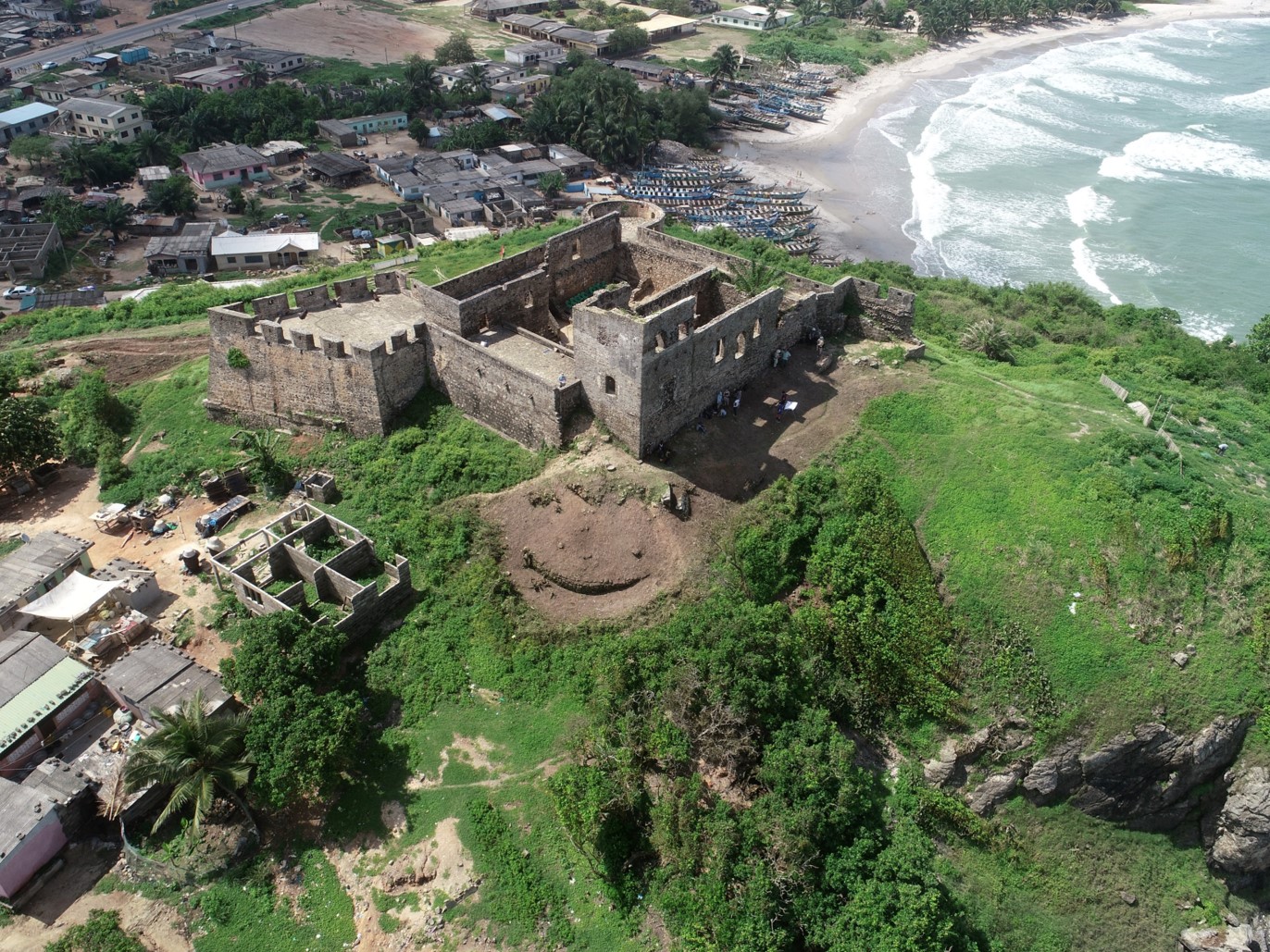Royal Adventurers of Africa receives a new charter
King Charles II granted the Royal Adventurers of Africa a new charter in January 1663 that gave it exclusive rights to trade for African slaves between Morocco and modern South Africa. This is the English state’s first explicit claim to controlling the Atlantic slave trade and the right to trade slaves to the English colonies, now the enclave of the king’s family and friends. Besides officially banning all other English merchants from the African slave trade, the new Royal Adventurers of Africa charter expanded the company’s capital by attracting new investors – especially those with colonial investments seeking to expand the flow of African slaves into the Caribbean and North America. Company membership more than doubled from 31 to 66 investors, including former East India and Guinea Company members, and leading members of the Council of Trade and Committee of Foreign Plantations, who were tasked with expanding the imperial economy. After two years of sharing Cormantine Castle and other English outposts, the East India Company’s operations officially ceased in March 1663 and the Royal Adventures of Africa took over the Guinea and East India Company’s personnel, buildings, artillery, and other assets. When Charles II issued a patent for colonizing land south of Virginia in the same month, four of the eight Lords Proprietors of Carolina were Royal Adventurers of Africa members. With a new explicit focus on buying slaves to send to American colonies that could not legally purchase them from England’s competitors, the Royal Adventurers of Africa from past English Gold Coast commerce. Slaves, rather than gold, became the Royal Adventurers of Africa’s primary commodity, which caused a reconfiguration of the trade networks it had inherited.


